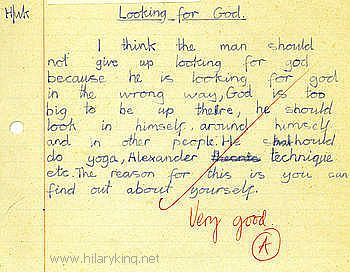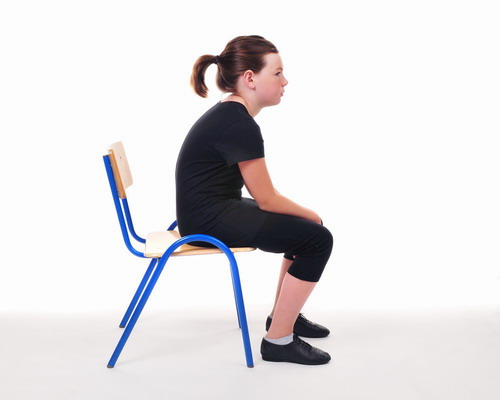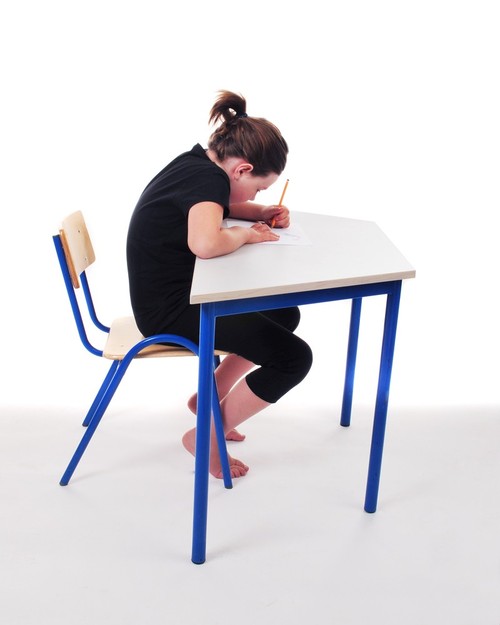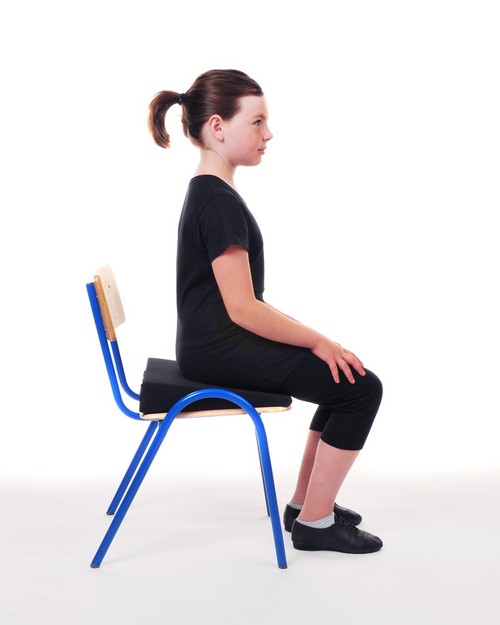In a previous Blog entry which explored the concept of end-gaining I mentioned a very stressed young woman who had come to me for her first Alexander Technique lesson, because she had high blood pressure levels, migraines and lots of tension in her neck and shoulders, which wouldn’t go away despite trying various things, including physio and yoga.
One Child’s View of the Alexander Technique
This short piece was written by a young secondary school child for his Religious Studies homework and it illustrates an aspect of the Alexander Technique that is not often known by about many people, who often think that lessons are only about ‘sitting up straight’ – until they have experienced the work for themselves.
No mention of the Alexander Technique had been made by his school teacher. However, the boy had experienced some Alexander Technique for himself and he had also seen how people around him had changed in themselves, after taking a number of Alexander Lessons.
The boy’s words illustrate the fact that the Alexander Technique is a form of psychophysical learning which explores the relationship between the way we think and feel and the way we express those aspects of ourselves through the way we use our bodies. The Alexander Technique can even have aspects of being a spiritual experience – it’s not just a set of ordinary physical exercises that you do in order to improve your posture.
I will leave his homework to speak for itself.
Uni Boat Race is extreme end-gaining
The University Boat Race 2012
Tain’t what you do but the way that you do it….
Ella Fitzgerald’s ‘Tain’t what you do but the way that you do it’
Ban Backward-sloping School Chairs
An Unexpected Lesson in Inhibition & End-gaining
Successful Alexander Technique Fundraising Workshop
Women’s Alexander Technique Workshop raises £265 in Aid of Mary on the Green charity
I am pleased to say that the Women’s Workshop that I held on March 10th in the Newington Green Unitarian Church raised £225 for Newington Green Action Group’s Mary on the Green campaign. When Gift Aid has been added to these donations, we will have made something like £265! This is the second successful workshop that I have run to raise money for this project.
This money will go towards erecting a memorial to Mary Wollstonecraft, the pioneering feminist who was associated with Newington Green in the 1790s.
Many thanks to Rev, Andy Pakula for allowing us to use the Upper Schoolroom at the Church for the workshop.
Thanks also to Susan Brennan for assisting me at the Workshop, helping to make it a successful and enjoyable morning’s teaching.
UPDATE
A Sculpture for Mary Wollstonecraft was erected on Newington Green N16, in November 2020. The sculptor was the world famous artist Maggie Hambling.
https://en.wikipedia.org/wiki/A_Sculpture_for_Mary_Wollstonecraft
How do You Choose a Computer from an Alexander Perspective?
An Alexander Technique Perspective on How to Choose a Computer
Regaining Control of the Voice
Nikolaas Tinbergen, Nobel Laureate on FM Alexander’s Work
The poise of a 3 year old
The small child in this photo is alert and poised, with her back freely lengthening, quite naturally. Her head is balanced on her neck in such a way that all her muscles are able to work freely and in co-ordination, so that the heavy weight of her head is transferred evenly right through her body, onto her sitting bones.
If the child is able to maintain this free and easy poise as she grows up, she will be fortunate. Most of us started out life with a similar, natural but unconscious, postural alignment but most of us lose it over time. Many people start Alexander lessons in order to improve their posture and reduce back pain.
In Alexander Technique lessons we can begin to reclaim this birthright, by learning to maintain our poise and increase our freedom of movement, through making conscious choices about the way we use ourselves during all our activities. Sometimes, we even feel younger again.




